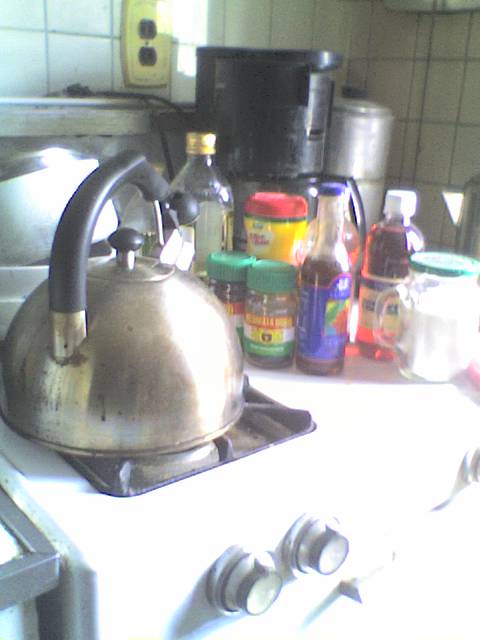Sea salt is a daily par t of our lives nowadays. Once, thought to be gourmet, It's now on every table an din every restaurant.it's even considered a health food. What most people don't know is that several different countries, including the US produce different kinds. These also come with different flavors and colors as well as aromas. Salt now is just as varied and nuanced as pepper.
This was the topic of a great article by Harold McGee in yesterday's New York Times The Curious Cook section of Wednesday Dining section. Mr McGee delves in to what makes even ordinary table salt what it is. Standard table salt is produced simply by injecting water into salt mines to dissolve the minerals. It then has the sodium chloride leached out of it which would leave it with a bitter taste. Culinary or gourmet salts come fresh direct from the ocean themselves or from areas that once held ancient seas. They're produced by evaporating salt water or boiling it at high temps.
Sea salts also come in different flavors and colors too. Kilauea Onyx comes from Hawaii and is black sparkly salt. Andes Mountain Rose comes form Bolivian salt mine s an dis colored a light pink thanks to the iron found in them. Maldon sea salt which are lovely melt in your mouth flakes is made by heating sea water over a gas fire to form those hollow flakes along with pyramids. Then there is the ultra rich sel gris de L'Ile de Re . This is salt harvested from France's famed Bay of Biscay (where most gourmet shop sea salts comes form ). It is a coarse salt grey from minerals and clay.
Sea salt isn' t your ordinary table salt.It comes form all over the world and has different colors and flavors. Some go well with some foods, while other highlight simple dishes like fries or tomatoes. Get acquainted with all of them for a variety of different tastes.
Subscribe to:
Post Comments (Atom)




No comments:
Post a Comment